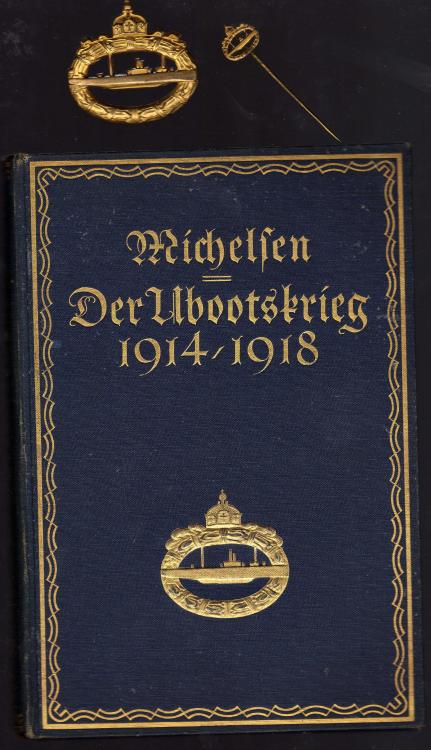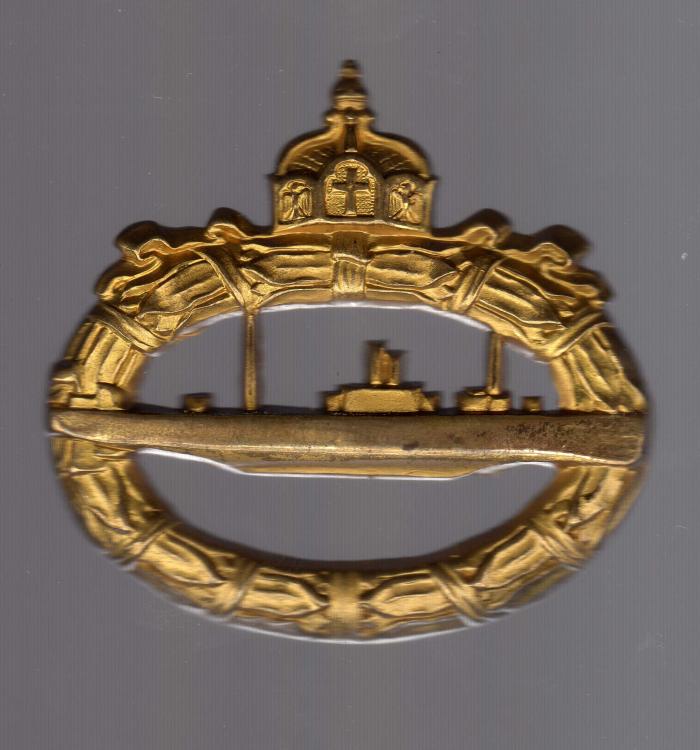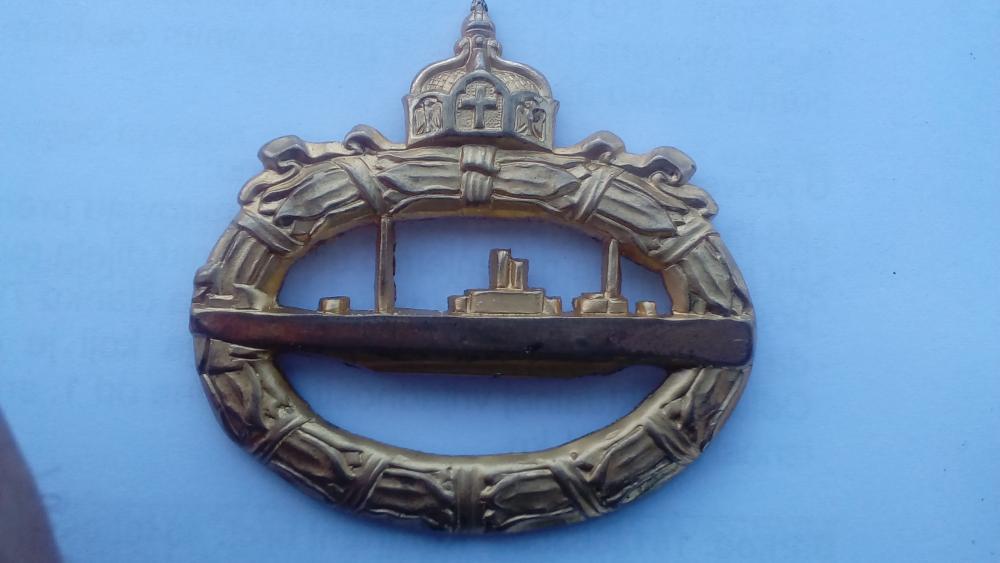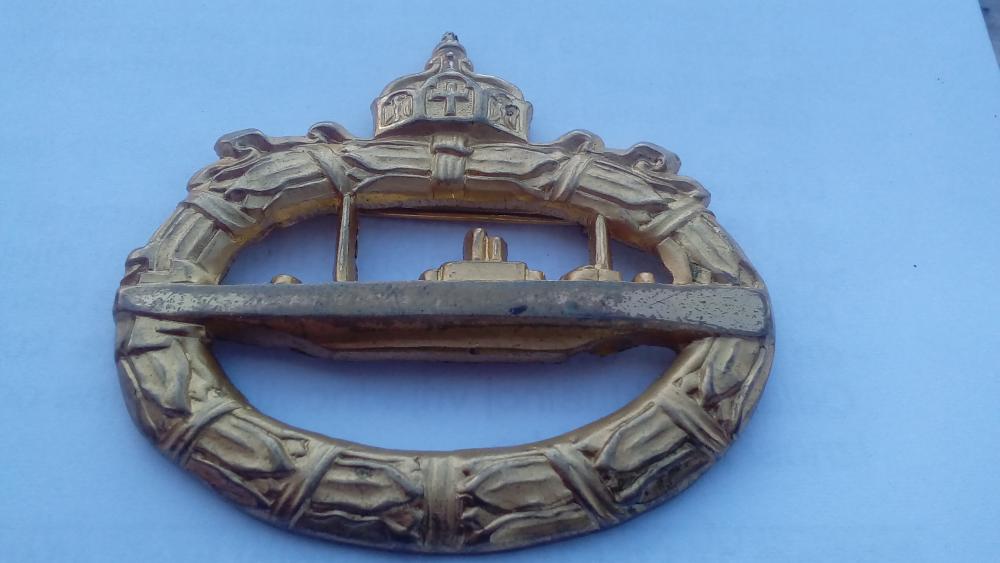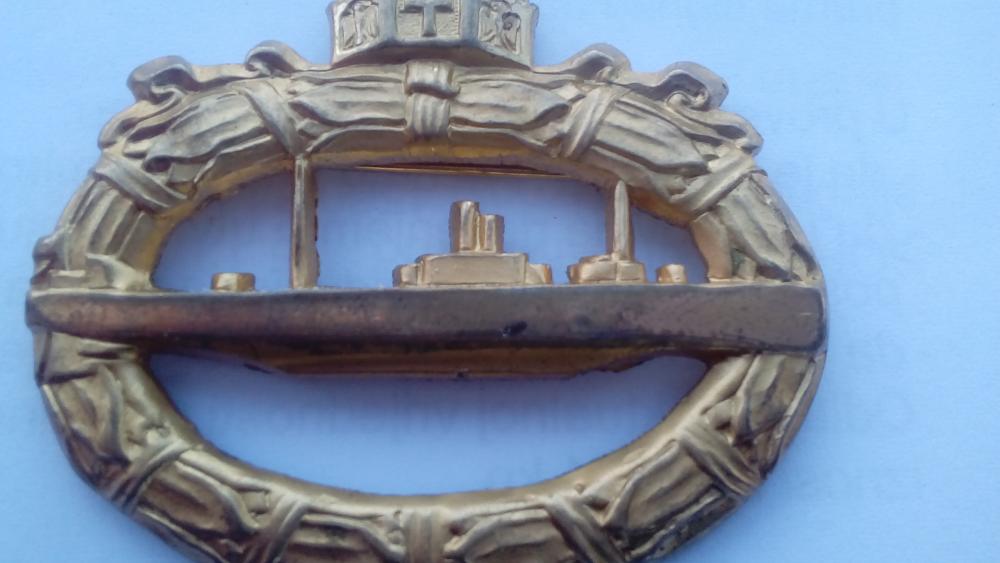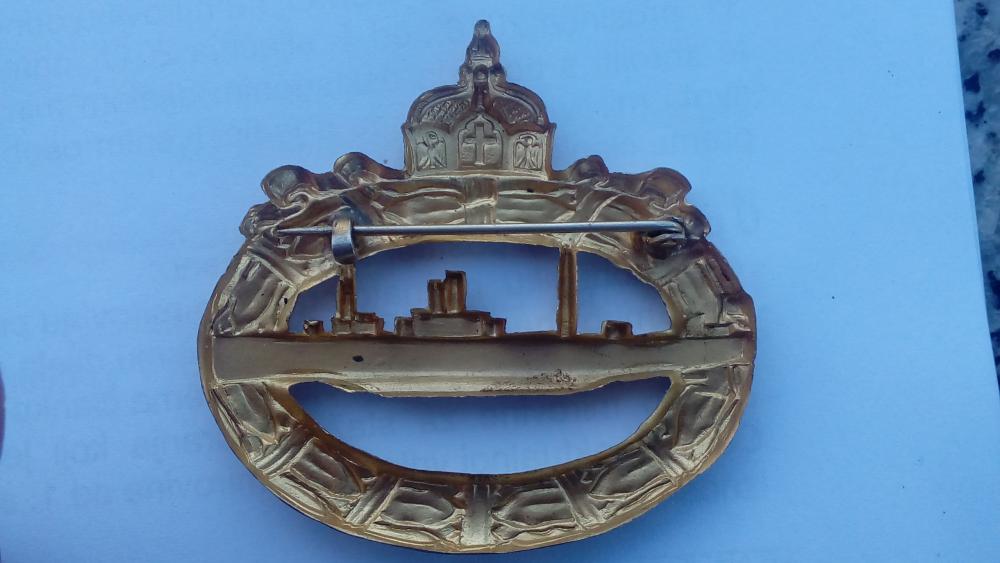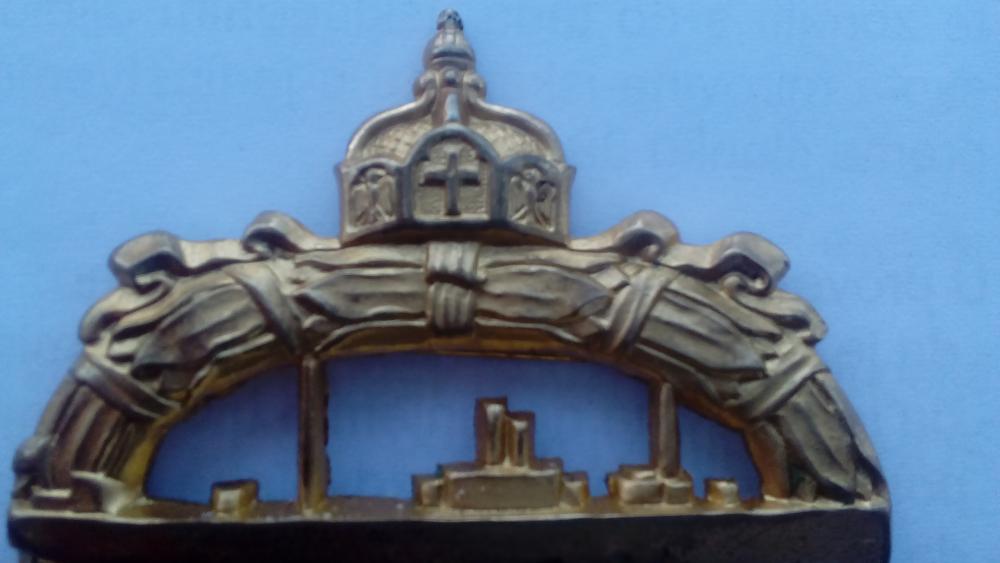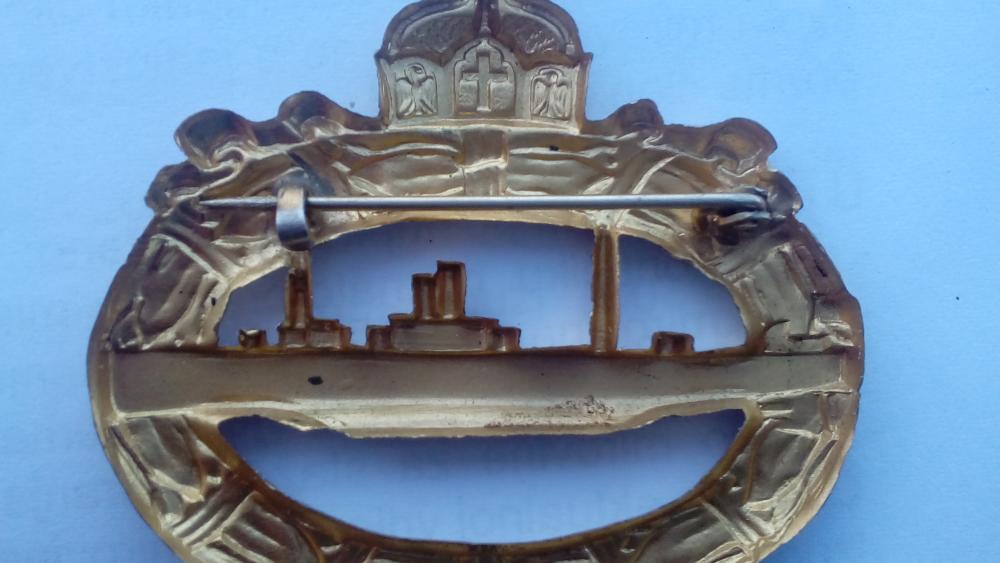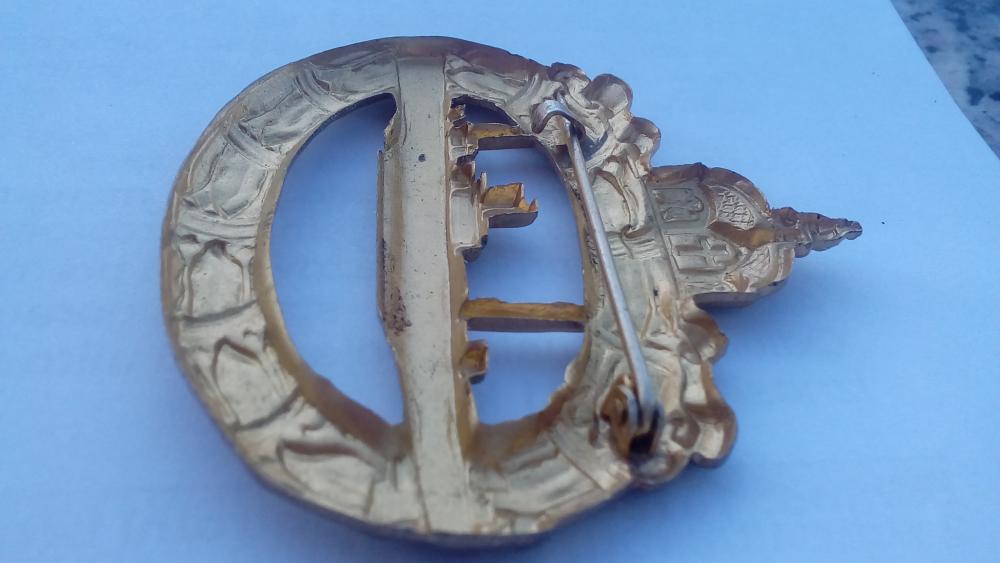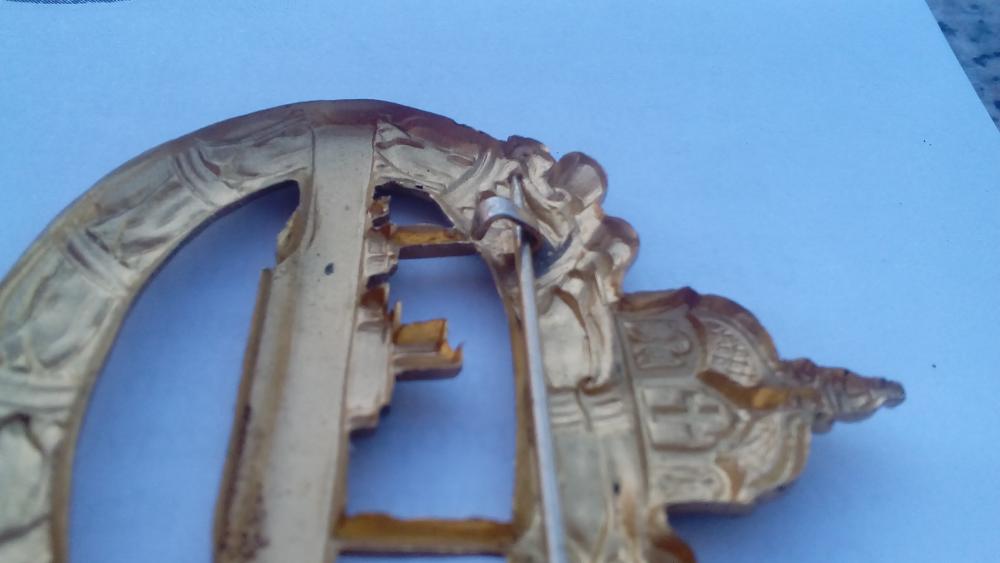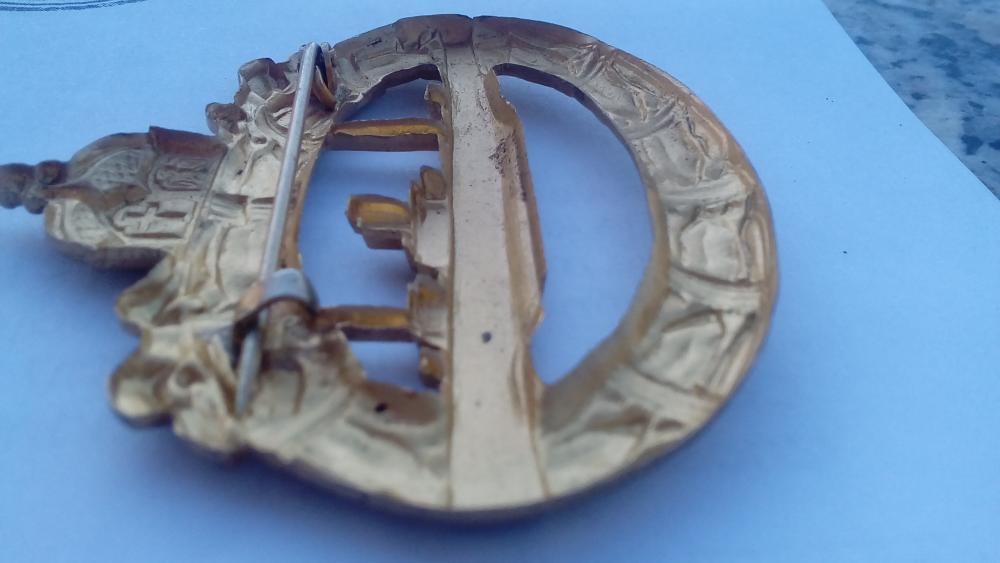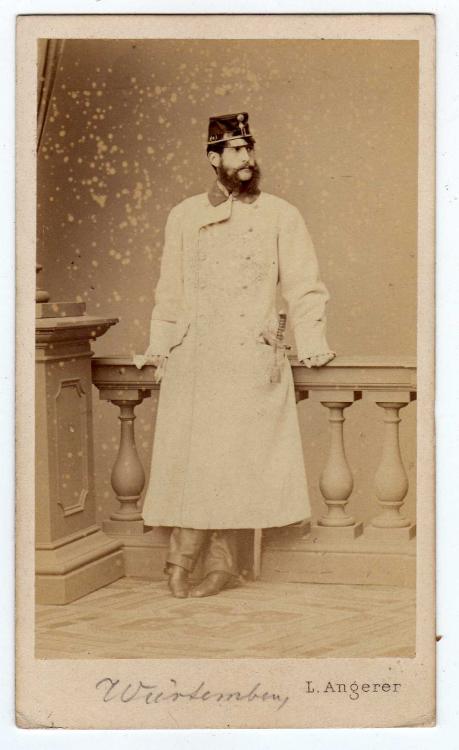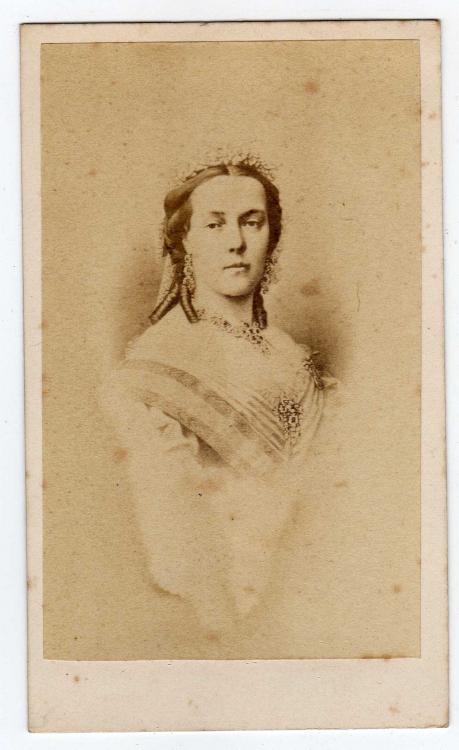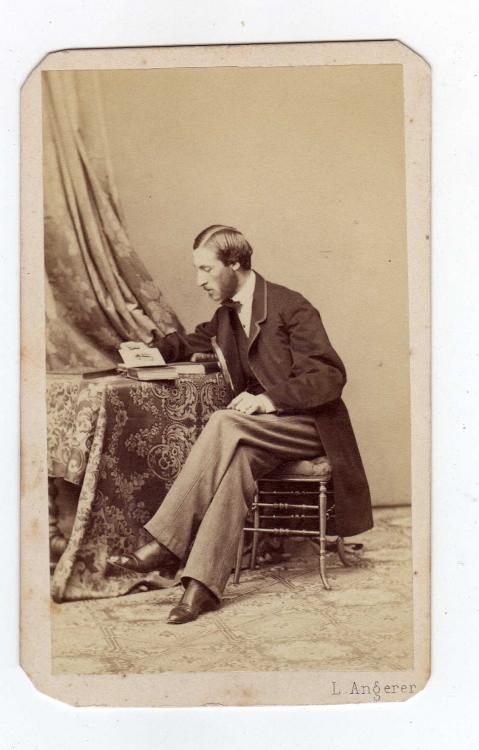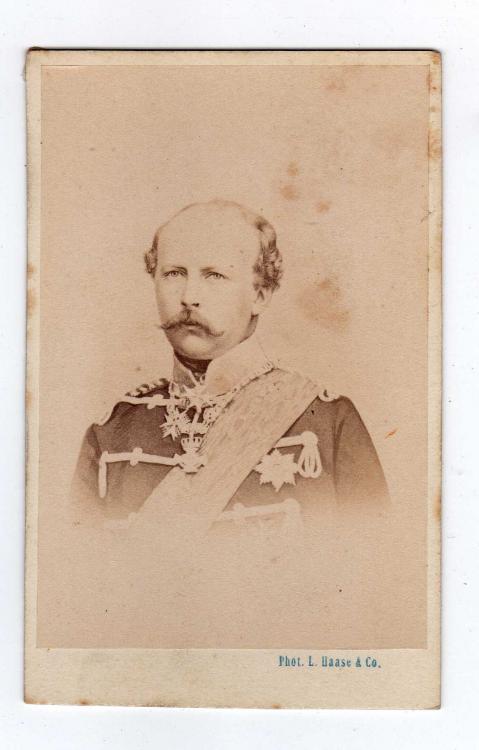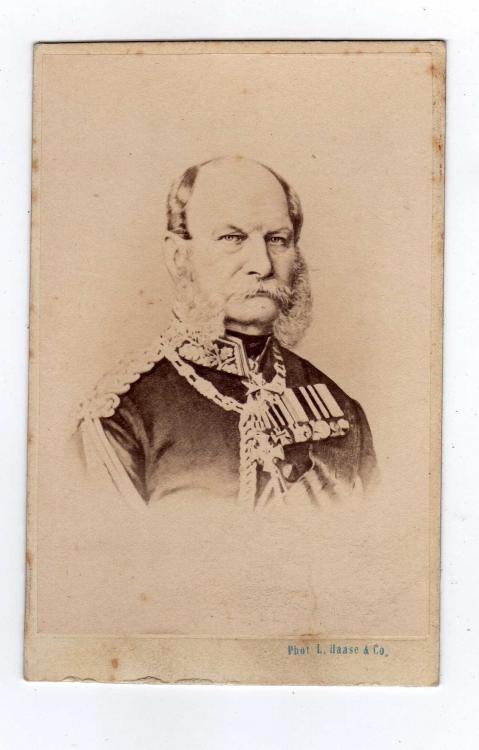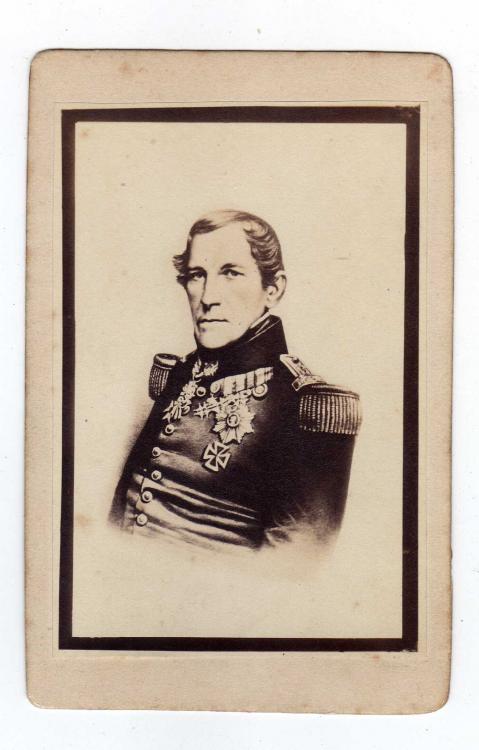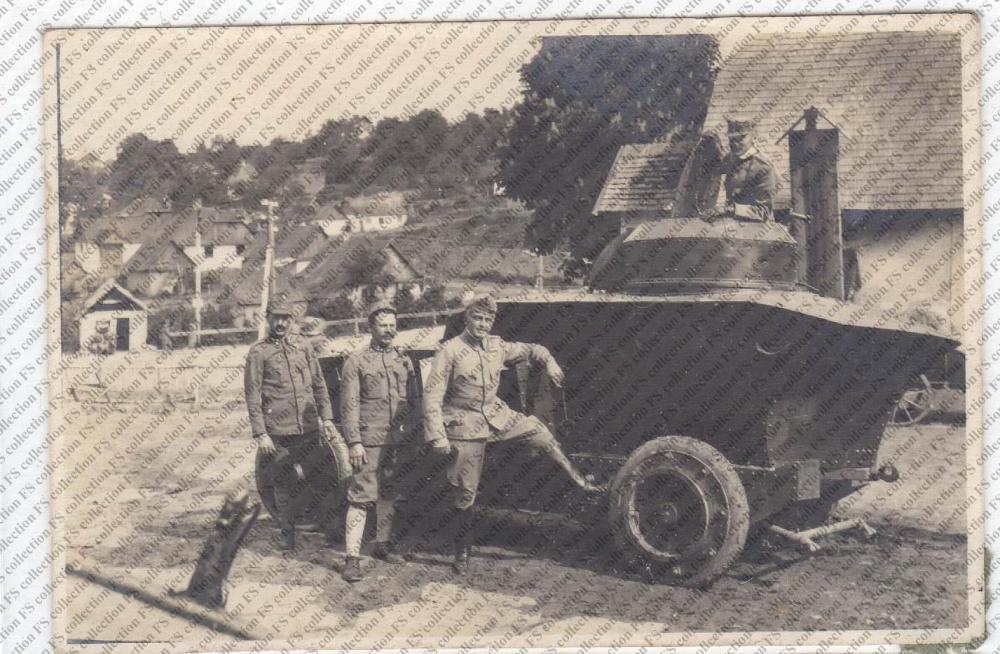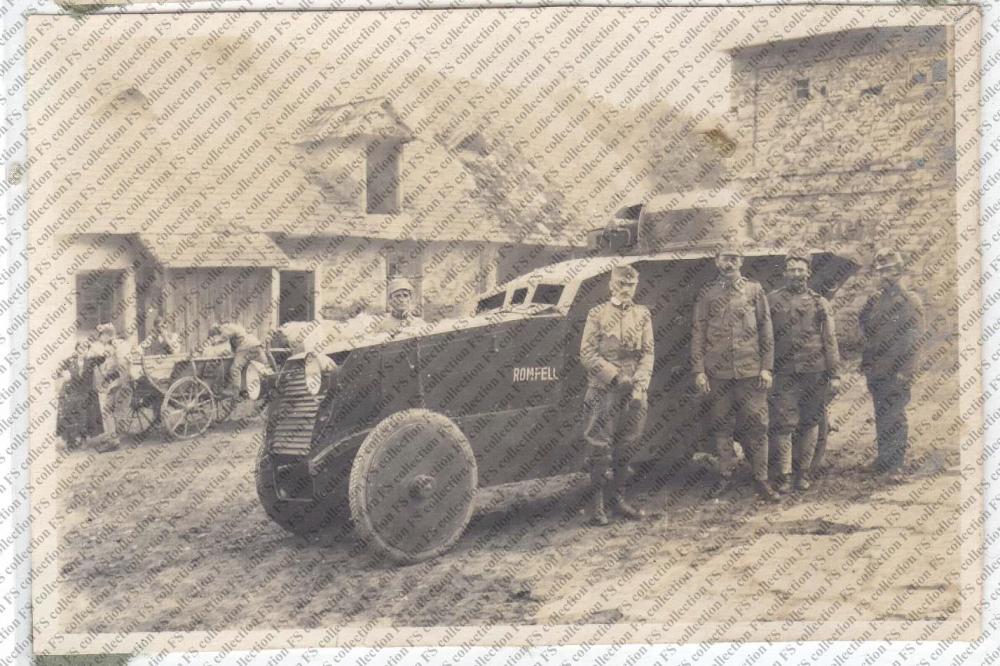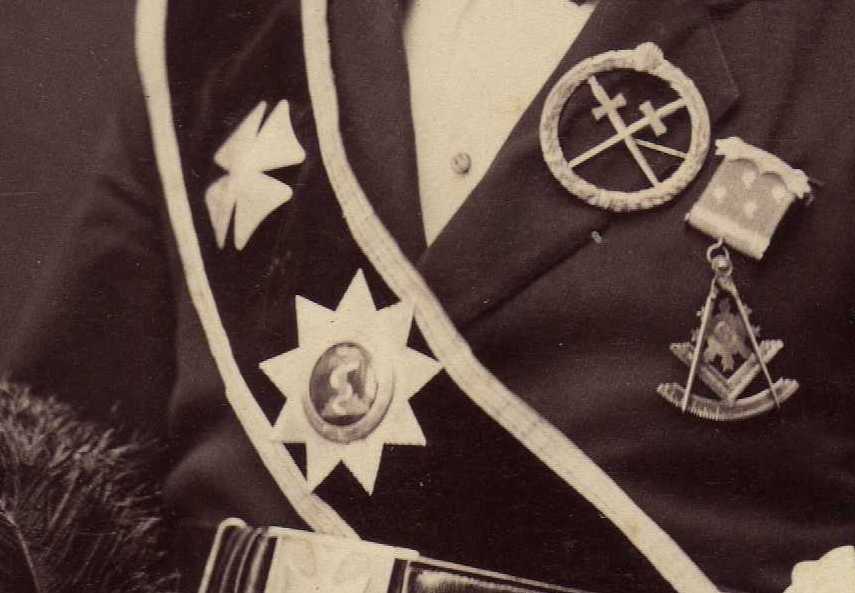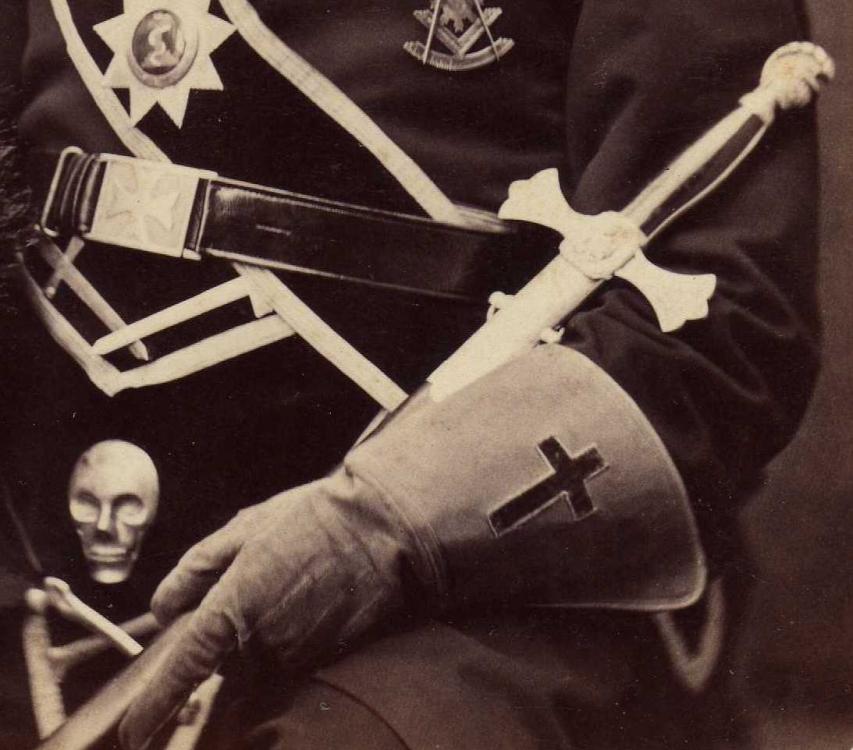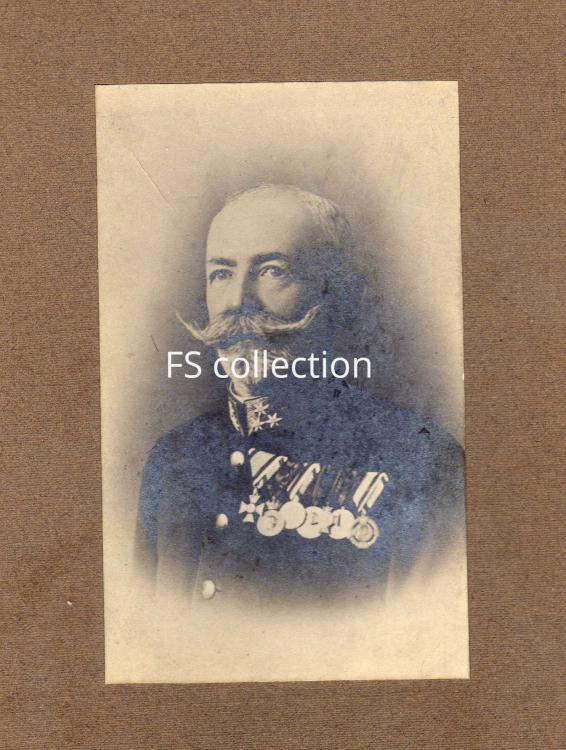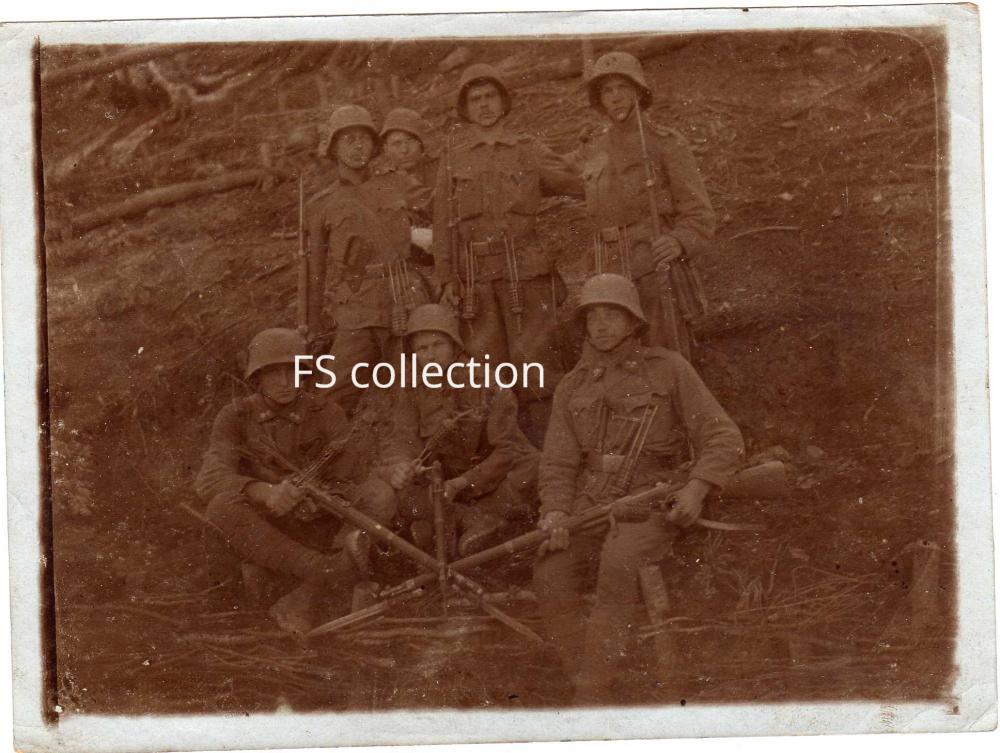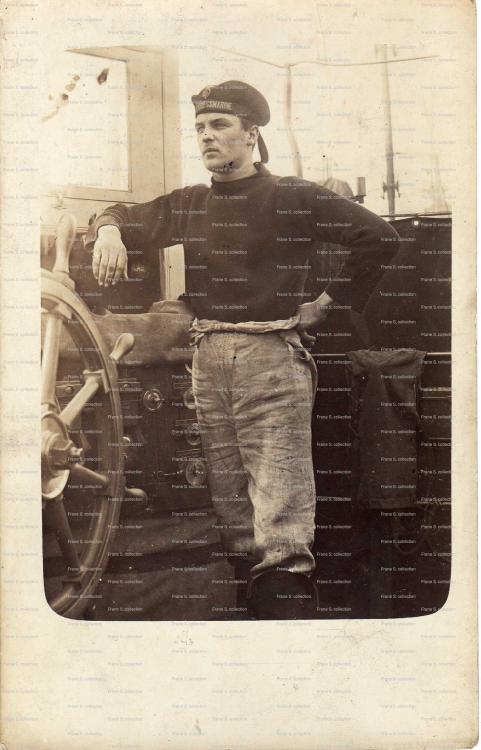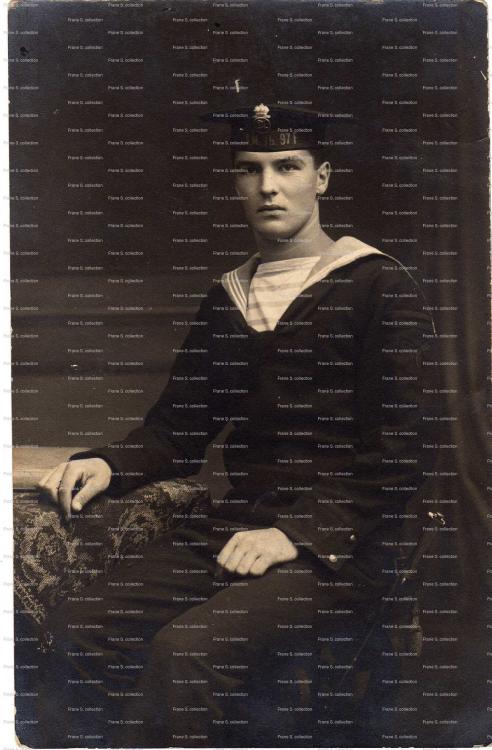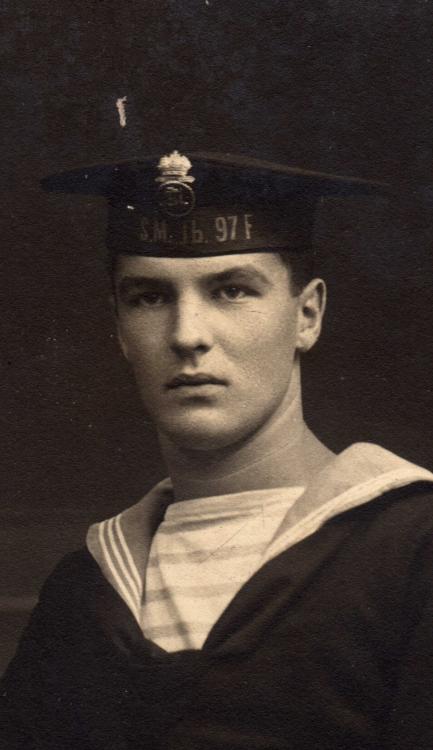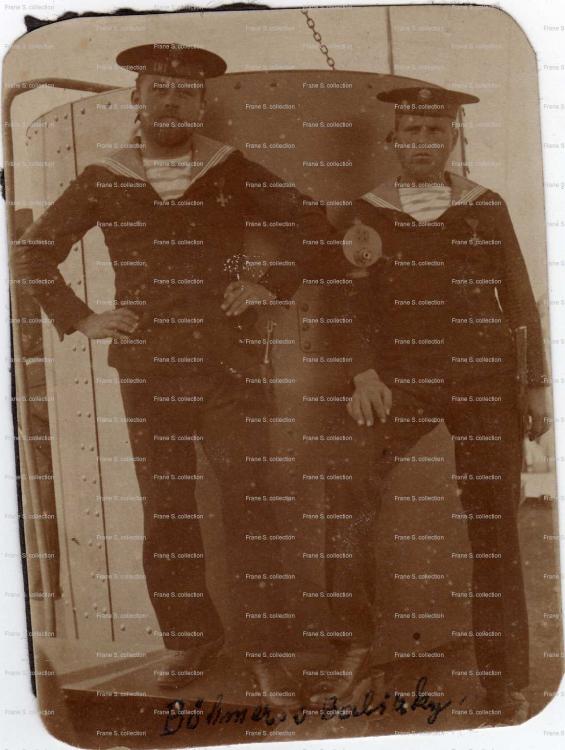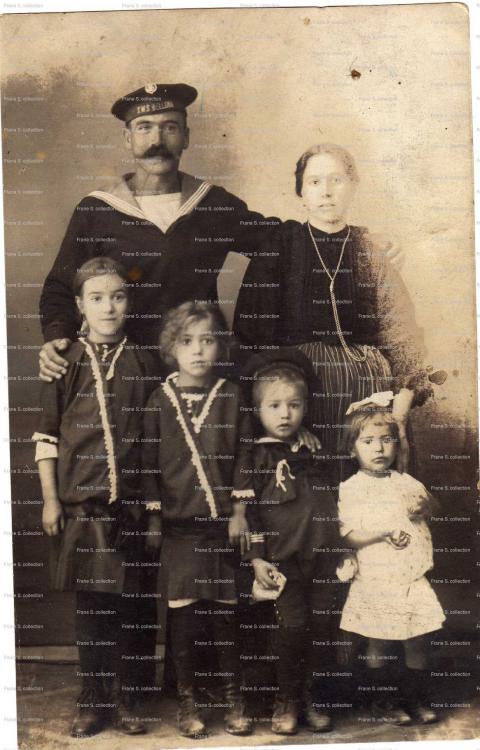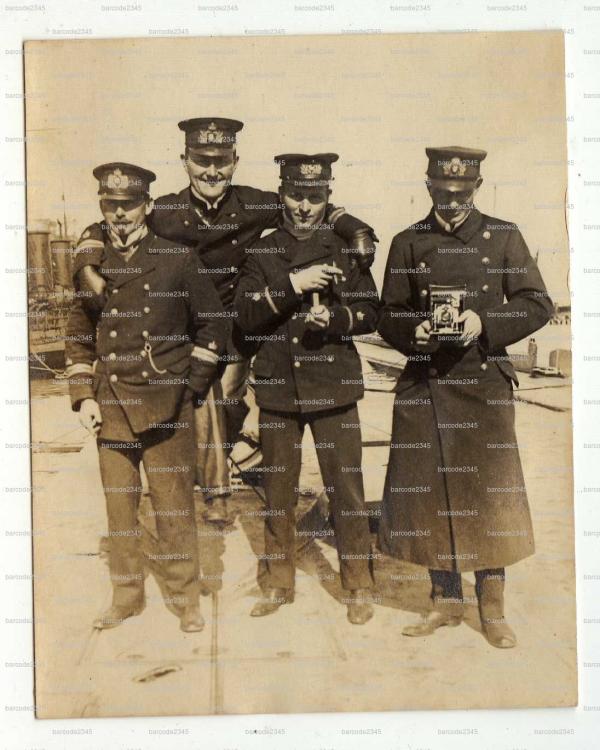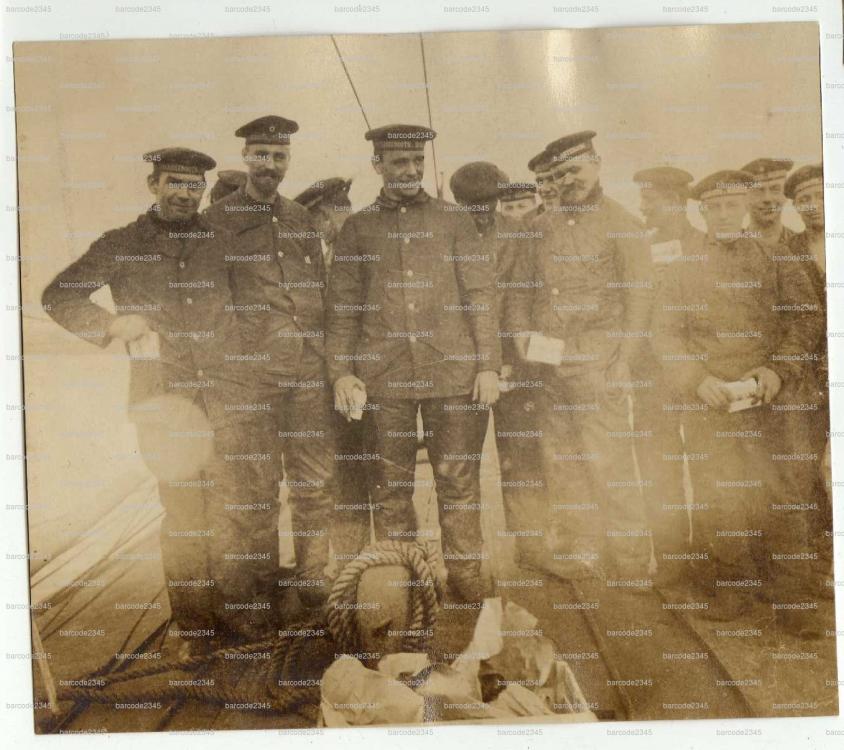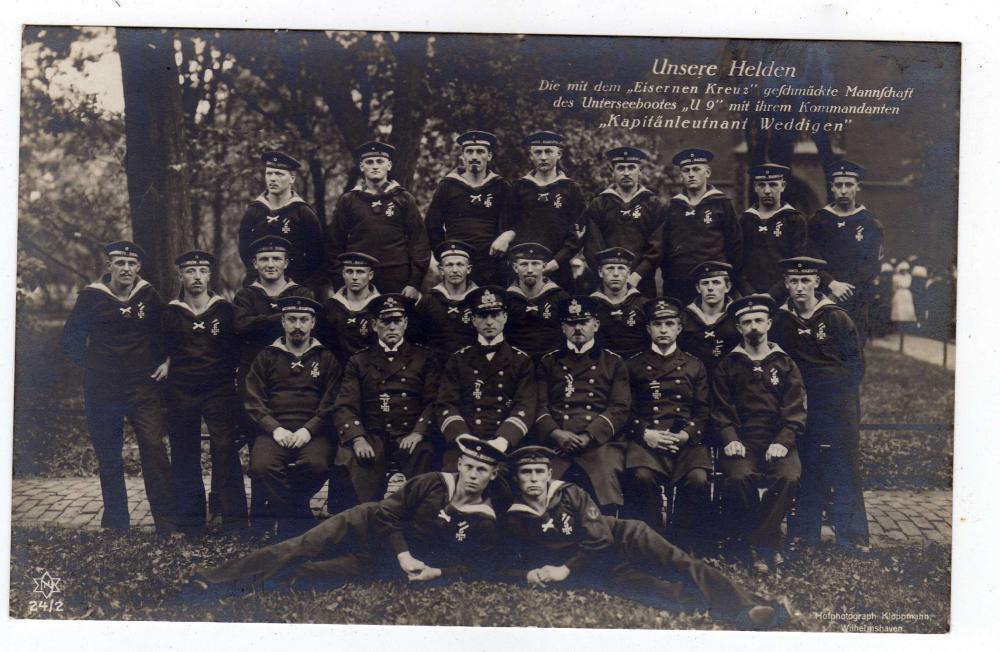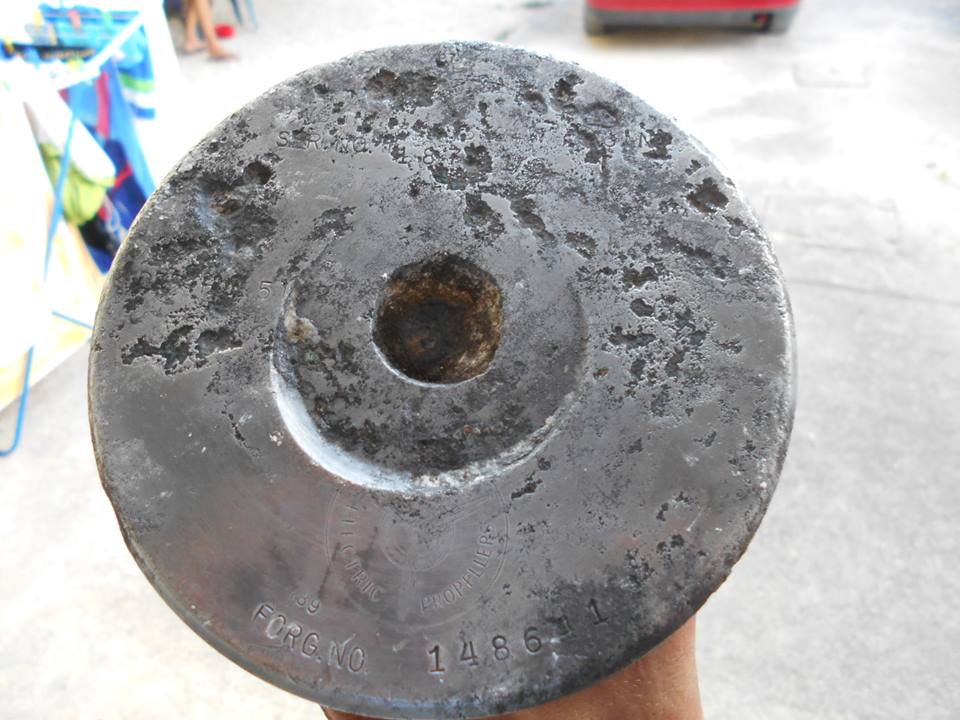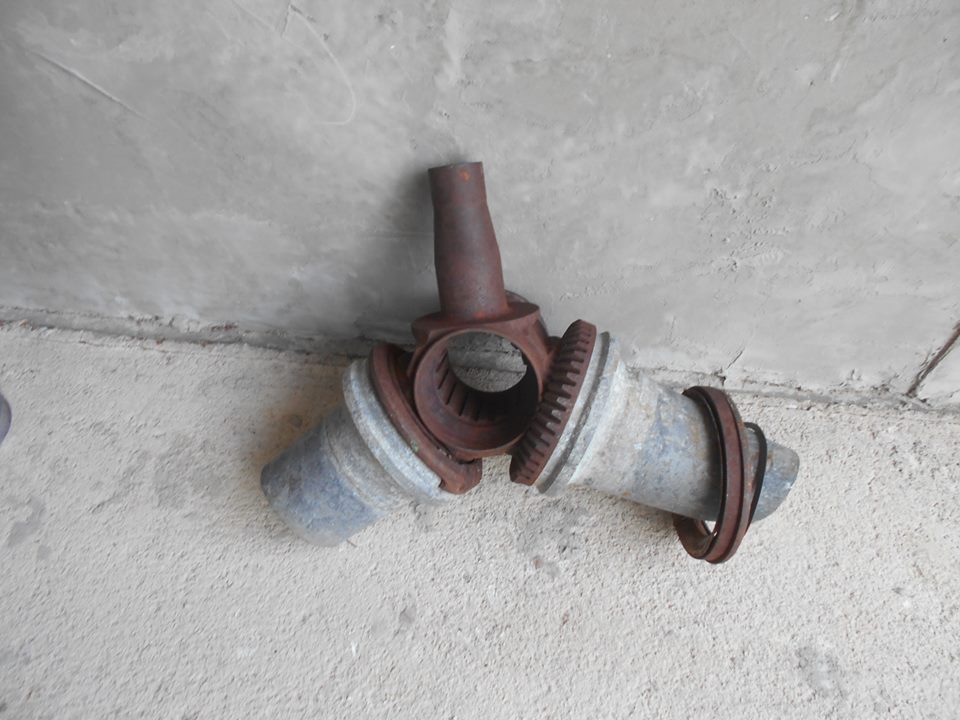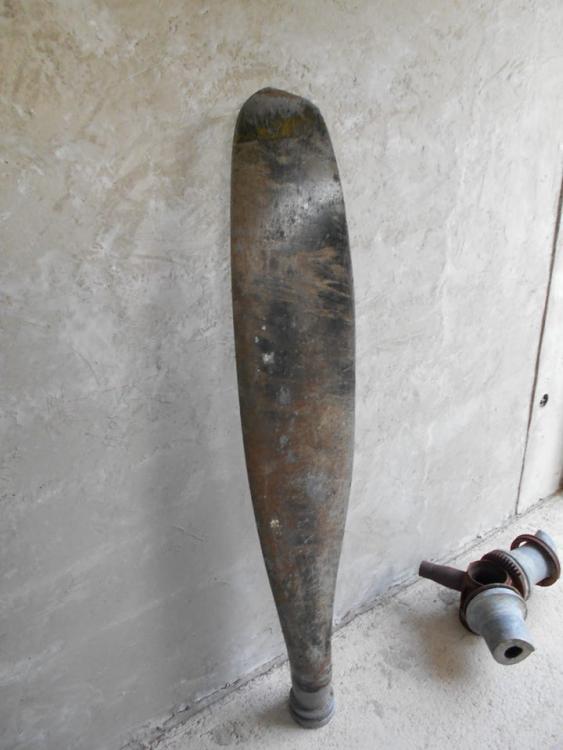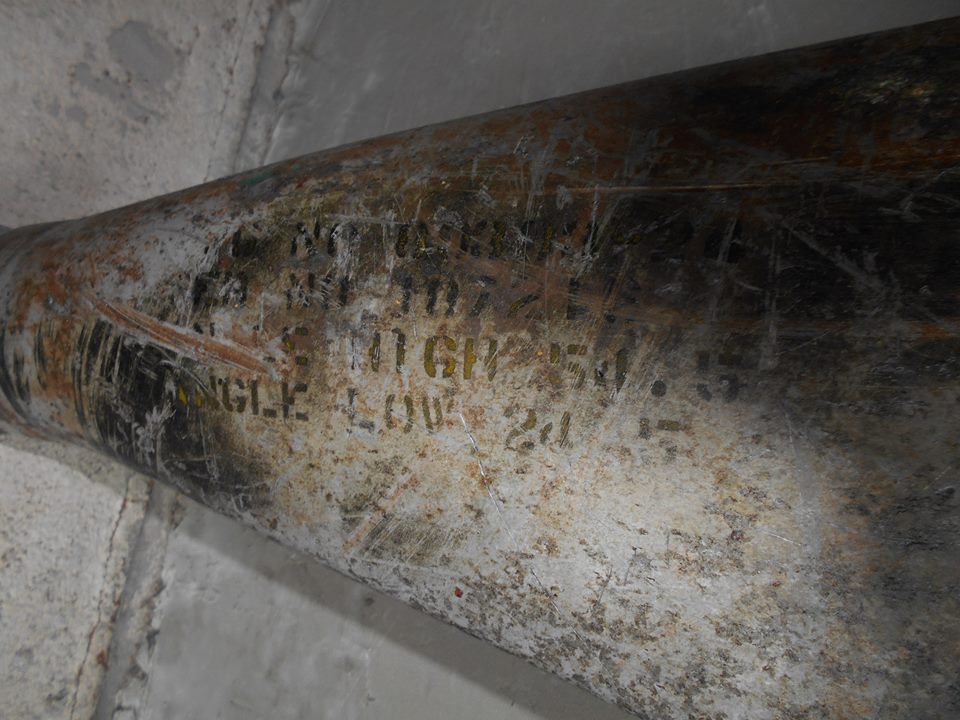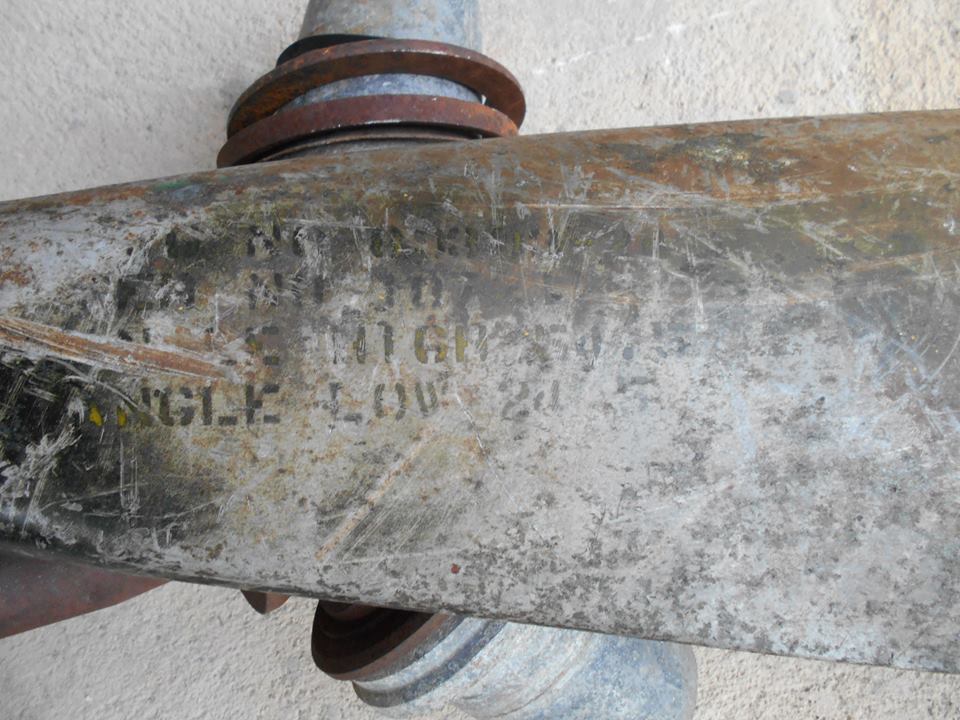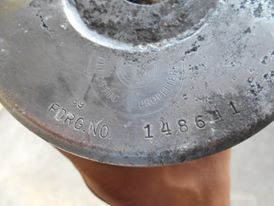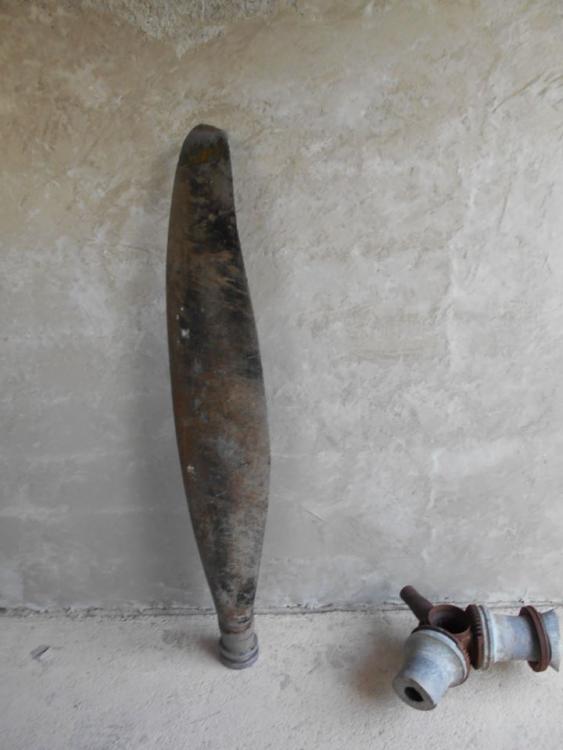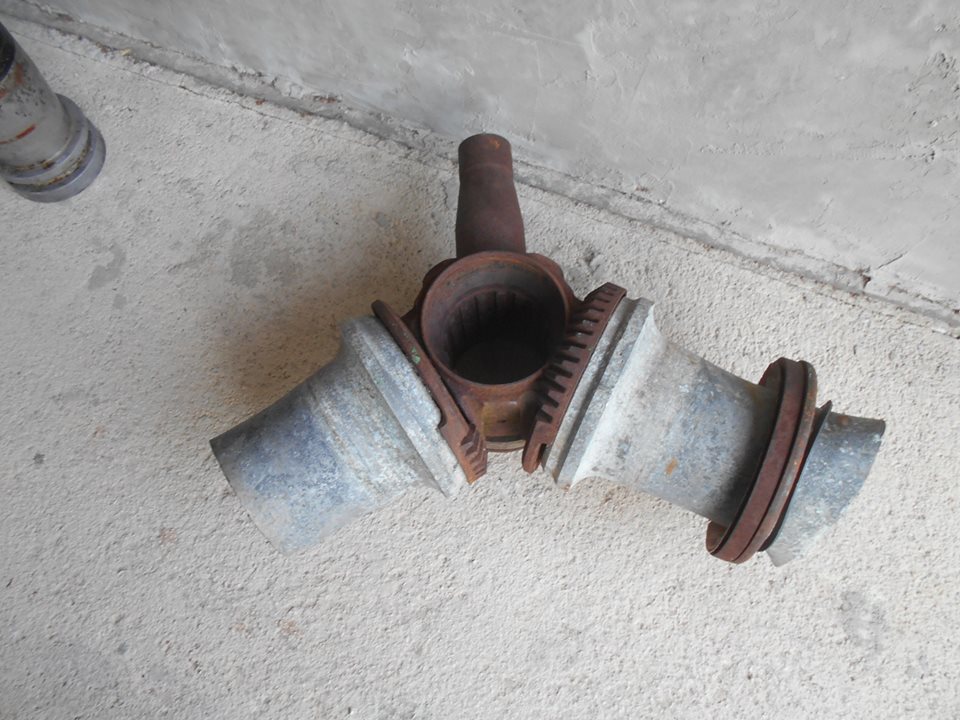-
Posts
160 -
Joined
-
Last visited
Content Type
Profiles
Forums
Blogs
Gallery
Events
Store
Everything posted by Von Thronstahl
-
Recently, I´ve acquired this badge. Friend sold it to me. I can get back my money if it is not good. My experience with Imperial uboot badges is equal to none and I would like to start learning. For now, I can take only photos with my cellphone and this is the best it gets. I provided a scan of the front too. Hook is bent and I think it´s better not to touch it. What is your opinion? Is it good badge or fake? Thank you in advance for your help. And photos of the hook.
-
Considering that Austrian War commemorative medal was instituted in 1933 and Landesdenkmunze (Tyrol medal) 1914-1918 was instituted in 1928, this is definitely post ww1.
-

Red Cross Silver medal with War Decoration
Von Thronstahl replied to Iver's topic in Austro-Hungarian Empire
So it is more like a decoration and not a regulation?! -

Red Cross Silver medal with War Decoration
Von Thronstahl replied to Iver's topic in Austro-Hungarian Empire
I have never seen an enameled wreath on a ribbon before. What does it mean? -
I need help with this badge. Pilot badges are slippery area per se and my knowledge is very poor. This is first time I even have something related to pilots in my hands. I hope more experienced and more qualified members will be able to say something about it.
-

Need help with recognizing Austrian royalty
Von Thronstahl posted a topic in Austro-Hungarian Empire
Can you help me with these 3 photos. They are part of the lot I`ve recently acquired and there were lot of Austrian royalty photos. I have recognized almost all of them and need help with these. -
These cabinet photos are part of a large lot I´ve recently acquired. Small part of the lot and main reason I bought the lot is Austrian royal family photos. These were among them, aswell as other non Austrian royalty but I´ve recognized them already. Now I need help with these guys. I think t I´ve seen one of the faces on some medals but I am not sure.
-
Unfortunately no. I know he was a cook. I can make some scans later and we can try to guess at least where he was.
-
I don´t know really. Maybe it really is copied photo. It can be clearly seen that both photos were taken on same occasion. Maybe first one was shared more than second one. I will try to determine soldiers career path because I have personal information. He was well known pastry chef in his town. Unfortunately, album is in really bad shape and most photos don´´t have any info written. Maybe something is written on their backsides. but they are glued heavily and it is difficult to read it without damaging them. I´ll try definitely.
-
I didn´t realize until today how rare these photos are. They are part of Croatian soldiers album who fought on eastern front. I think vehicle wasn´t part of their regiment and they only took photos "Zur erinnerung am Romfell". I´ll definitely put more effort in researching his career. Here are the photos and some information from the internet: Romfell Armoured Car Author: P Kempf. Edited by: P Radley World War One was a period of modernization and experimentation, not least in the field of Armoured Fighting Vehicles. This was especially true of armoured cars, which of course were a technically much simpler vehicle than tracked tanks, to build and to tinker with. Many designs were tested and tried, some original, some real duds, others stop-gaps or obvious improvisations, intended to quickly fill the need for armoured support. Many were little more than one-offs, built by small firms looking for a contract or just experience, and (although sometimes both technically advanced and tactically viable) leaving, sadly, little trace. One of these armoured rarities of the Great War is the Austro-Hungarian Romfell Armoured Car. Before the war, the Austro-Hungarian Army had actually been offered several armoured fighting vehicle designs. First the Daimler armoured car, built in 1905, and tested by them, but rejected. (One of the reasons for its rejection was a failed demonstration, ending in scandal because the vehicle scared off the horses of several of the high potentates attending the demonstration, and making the old emperor Franz Joseph himself very indignant, stating emphatically to his entourage that this thing was henceforth "not to be used for military purposes".) Another rejected design was the so called Burstyn Tank, designed by K.u.K. Genie-Oberleutenant Gunther Burstyn. It was a remarkably modern design, with trench-crossing capability and a revolving turret. A working prototype was never built, but this design was also rejected by the Austro-Hungarian Army, who refused any funding, meaning that it was never developed further. (What efforts that went into armoured vehicles were instead invested into Armoured Trains, a decision not impossible to understand, as it was a concept that had already been tested technically, and that also made tactical sense, considering the wide fronts that the Austro-Hungarian Army was facing.) These decisions proved themselves sadly wrong pretty much as soon as the war started. The Austro-Hungarian Army's main opponent, Russia, was most willing to develop and use armoured cars. And soon the Austro-Hungarian Army would also face the Italians, whose Army also used armoured cars. As a consequence, in 1915 two Austro-Hungarian armoured car designs saw the light of day. The first was the relatively un-sophisticated Junovicz, which was essentially a standard automobile chassis given a slab-sided, box-like armoured body, sporting five crew members and two Schwarzlose M07/12 HMG's. The second was the sleek and sophisticated-looking Romfell. The persons behind the Romfell were two low-ranking Army officers, a Hauptmann and Engineer Romanic and a Oberleutenant Fellner - their names of course combined in the name of the vehicle. They too used an already existing commercial vehicle chassis as the base. As to what chassis was used, there are conflicting accounts. The now deceased Peter Jung, who has done almost all the research that there is on the Romfell, actually left two different versions behind. The first was that the first Romfell was built using a Mercedes Motorcar (Personenkraftwagen), with the registration "A VI 865", and having a 95hp motor with chain-transmission, . The second that the chassis used was a M09 Samson Seilwindenwagen with a 4-cylinder 75hp motor. The first alternative looks the most likely, technically speaking. That very first Romfell was built during the summer of 1915 in Budapest, and should actually be viewed as a Hungarian initiative. The actual building was done in, and by, the Army's Automobil Ersatzdepot in Budapest, also using resources of private firms when necessary. The vehicle was finished in the final weeks of August 1915. It was a remarkably modern and even elegant design, with curved sides. It sported a low turret with all-round traverse, four-wheel drive and solid rubber tyres. The armament was one Schwarzlose M07/12 HMG, with an ammo supply of 3000 rounds. The Schwarzlose was primarily intended for land targets, but could be elevated very freely as well, giving the vehicle some Anti-Aircraft capability. The range of the Romfell was between 100 and 150km. The max speed 26km/h. Another modern feature was that it had a wireless, in form of a morse telegraph from the firm of Siemens & Halske. The armour was 6mm thick, and the overall weight of the Romfell was around 3 tons. It was 5.67m long, 2.48m high and 1.8m wide. Only one was built in 1915. Of the first Romfell's operational history almost nothing is known, except that it could have been used in both the Balkans and in Russia. The only certain sighting of the first Romfell is on the Italian front in 1918, where it was a part of K.u.K. Panzerautozug No.1, a unit that consisted of this one Romfell, two Junovicz, one ex-Italian Lanzia IZ and one ex-Russian first-series Austin. The unit was based in the vicinity of Udine, in the mid-sections of the Italian Front. Another Romfell was built in late 1917, or perhaps 1918. It obviously used another chassis: according to Jung, a M09 Goliath with a 6-cylinder 90hp motor. Again according to Jung, one or even both were rebuilt using captured 2-ton Fiat chassis - it is possible that these Fiat chassis were the basis for even more Romfells that could have been under construction when the war ended. Anyway, these rebuilds suggest a probable problem with the Romfell: that it was a bit too heavy, making it either a bit too slow, or reducing its use beyond good roads. (Notice that there is some confusion as to the actual performance of the first vehicle. One source states that the first Romfell weighed no less than 7 tons, which of course is too heavy for such a vehicle.)
-
Definitely not A-H.
-
I have this photo in my collection for a long time. No particular interest in freemasonry but liked the portrait very much. Especially skull and bones. Is it possible to determine to which lodge he belonged or anything else like we usually do with military photos. I can make better scan if needed. Photo was taken in Manchester.
-

Austria-Hungary AH Storm Troop items and photo's
Von Thronstahl replied to erikscollectables's topic in Austro-Hungarian Empire
-
One of my collecting obsession is definitely KuK Kriegsmarine. Especially cap tally or Mützenband photos. I hope I am not alone here. Show us what you got. Here are few of mine: Photos of same man wearing 2 different cap tallies. On the first photo he wears KuK Kriegsmarine tally and on the second photo S.M.Tb. 97F tally. S.M.Tb. 97F was KuK torpedo boat, class TB 82F (1915-1916). 1. 2 sailor on river monitor Bodrog wearing S.M.S. Bodrog tallies. This boat, to some info, fired first shots in the WW1. 2. S.M.S. Lussin tally 3. S.M.S. Bellona tally
-
I have acquired prop hub and blade that probably belonged to one of the two P40 Kittyhawks that crashed on the island where I live. It is island Ugljan in Adriatic sea and planes were attacking German boats in Zadar( town near the island Ugljan) harbor and hidden boats in Zadar archipelago. I have narrowed my search to this one: crashed on 16.2.1944. P-40 „Kittyhawk IV“ FX-688 No. 5 Sqdr SAAF, Lt. Howitz L. Lt. Howitz L. is buried on Belgrade cemetery. I have more parts on the way(compass...). I will post them when I get them.
-
Matrose is German word for sailor. I´ve enjoyed your grandfather photos very much.As I said before, my grand grandfather was KuK matrose too. He served for 9 years. He served in China too but I still can´t determine for how long and in which period. He is the main reason for my fascination with KuK Kriegsmarine. My grandfather was in KuK Heer and I still have to find out in which unit and where. I know he was active during whole ww1 and that he served some time in Montenegro.
-
Yes, I think it is definitely integral part of some German patriotic insignia. Perhaps from this one.
-
It is not possible. It looks like this: Never mind the fact that there is no such medal ribbon, the ribbon is narrower than it should be so it would be difficult to make standard trifolded ribbon. I think somebody played with German patriotika ribbon.
-
This is not AH ribbon. 100% sure.


